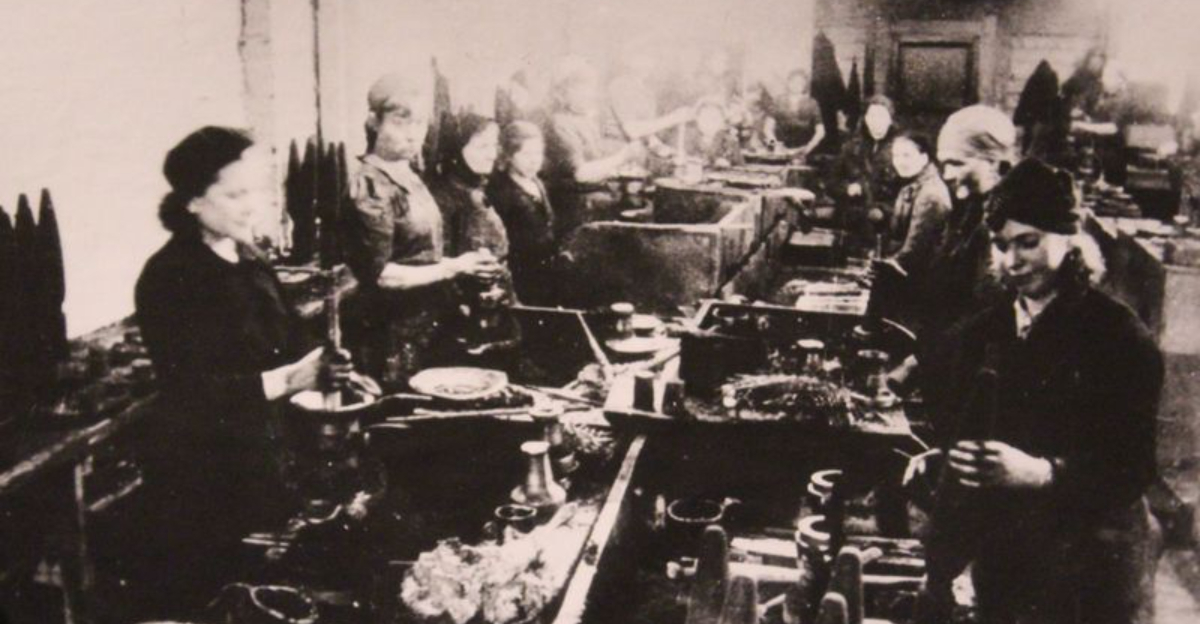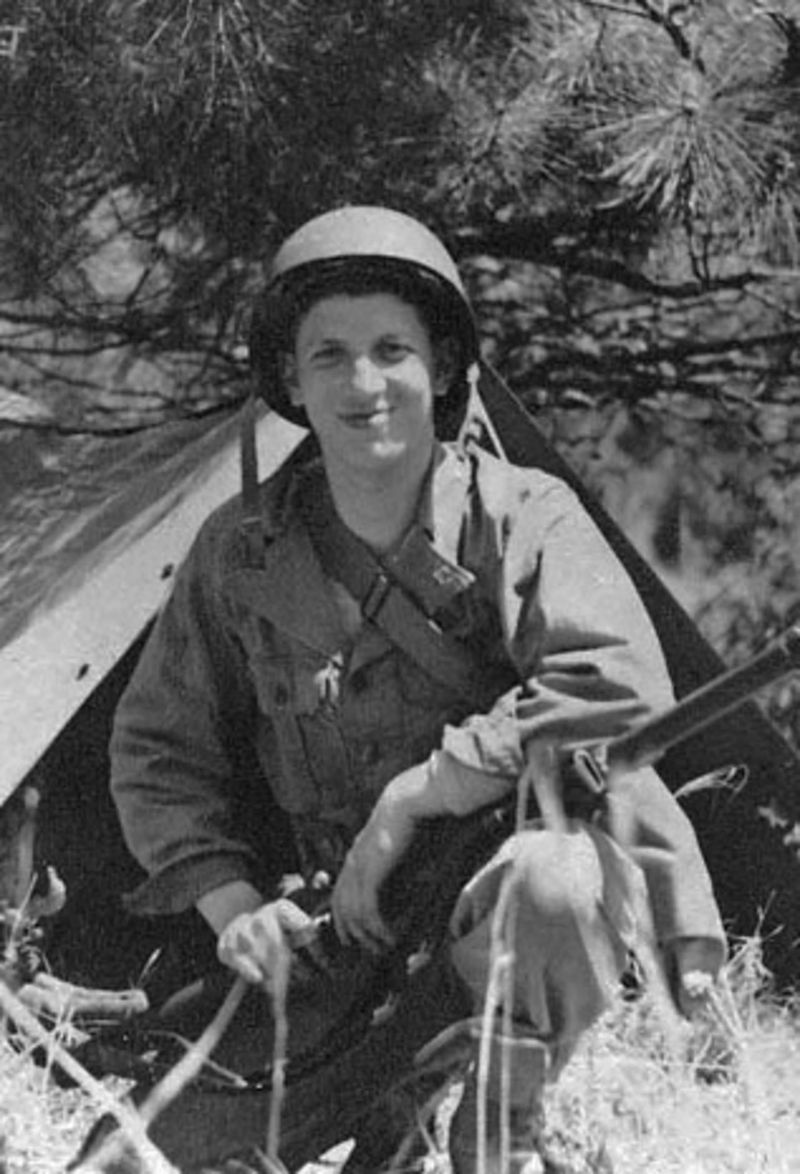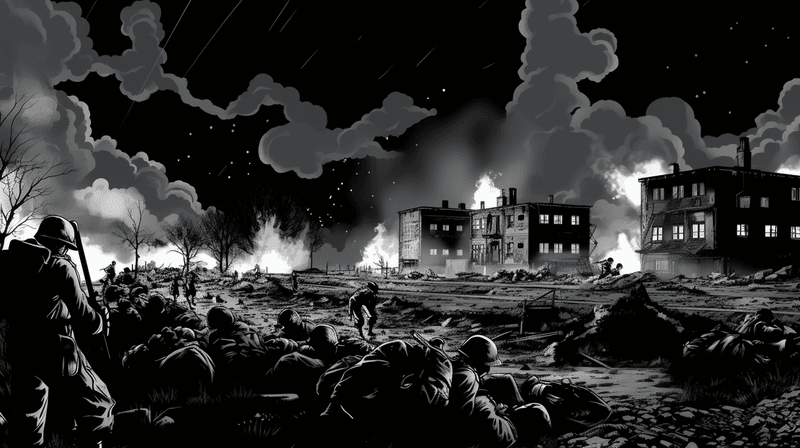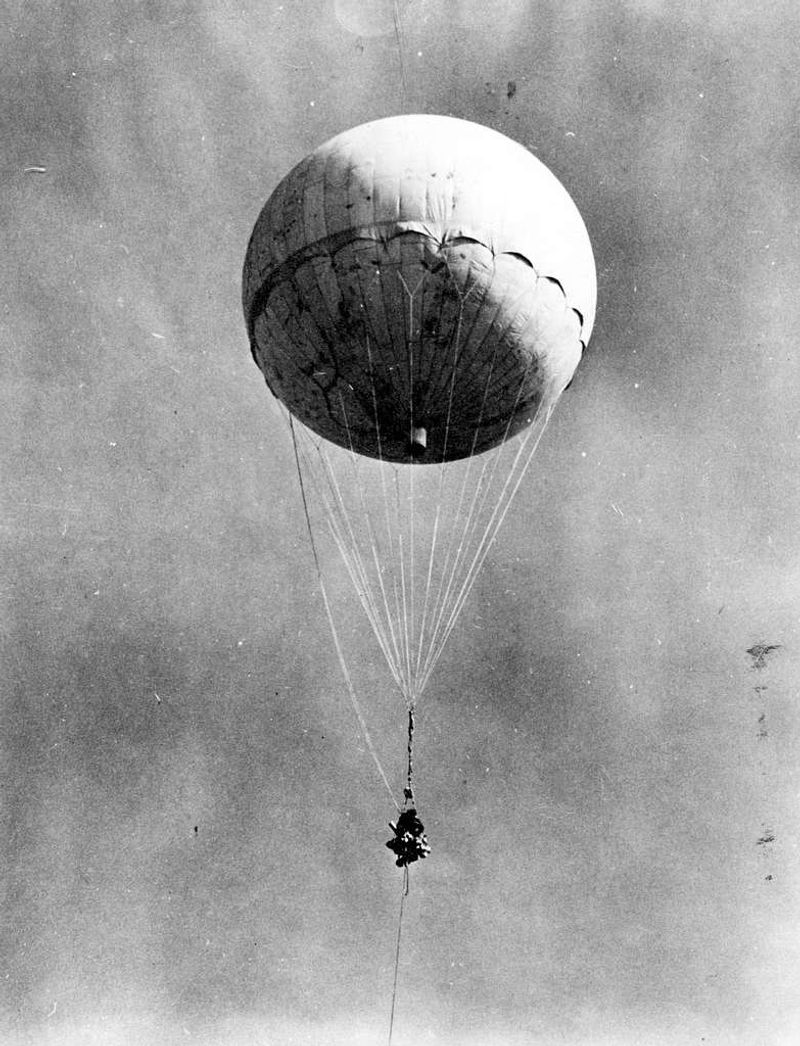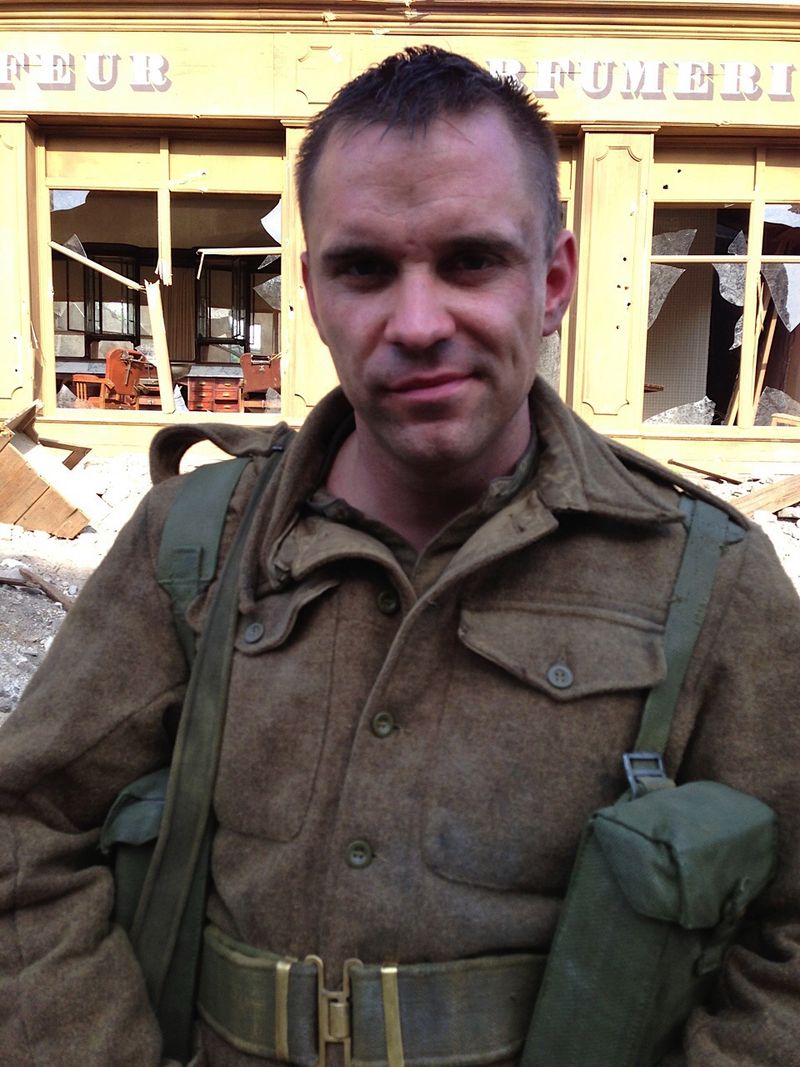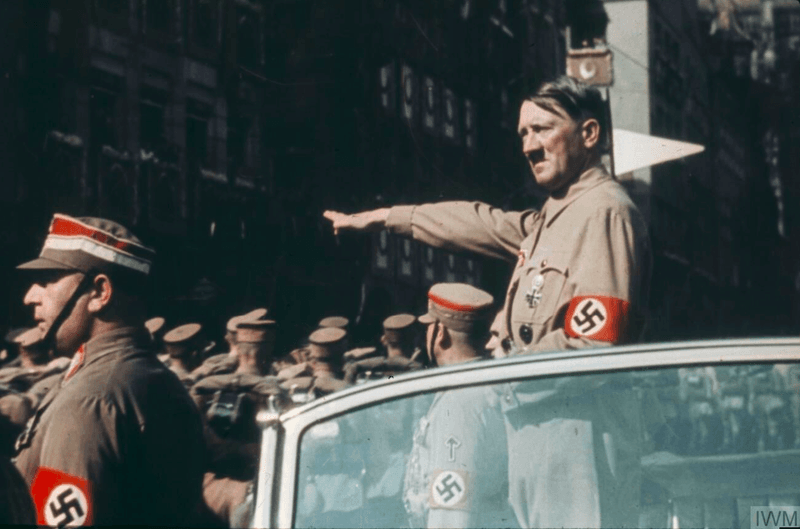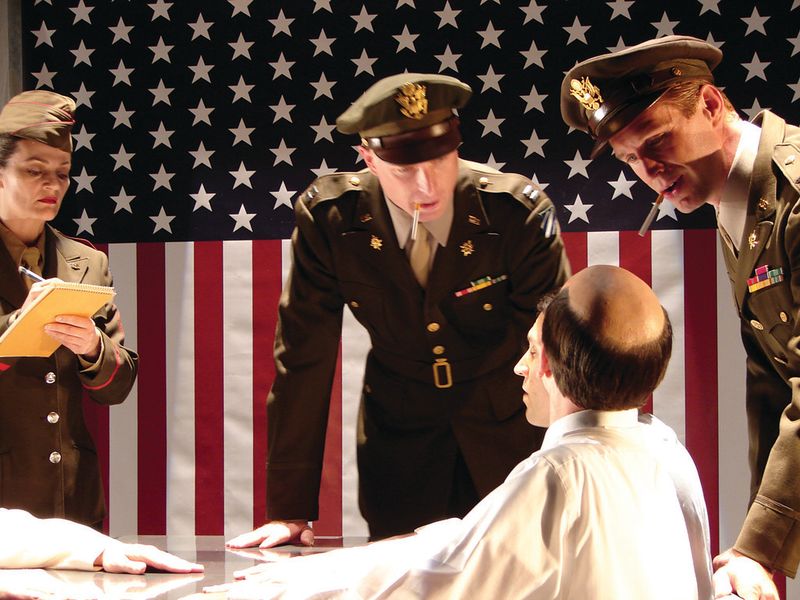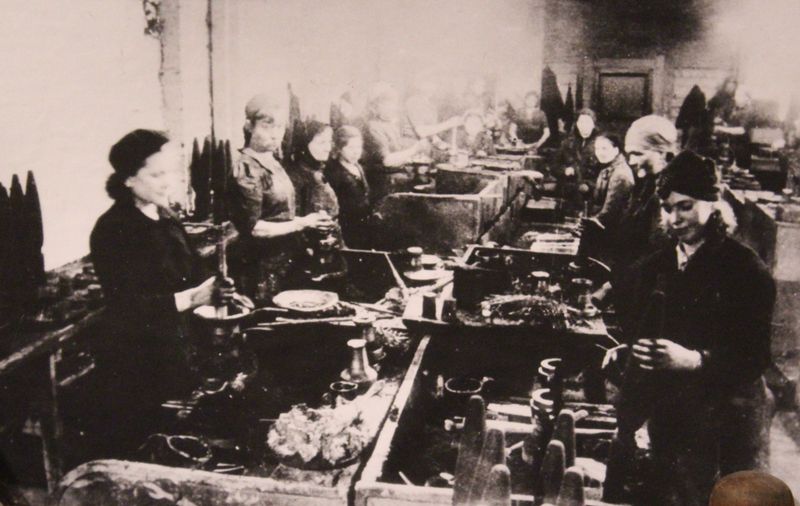World War II was a complex and multifaceted conflict that shaped the 20th century. While many are familiar with the major battles and leaders, there are countless lesser-known facts that reveal the depth and breadth of this global struggle. In this blog post, we delve into seven intriguing and little-known aspects of the war, shedding light on stories that often go untold in history classes. Dive in as we explore these hidden truths and discover a new perspective on World War II.
The Ghost Army
During World War II, the U.S. military deployed a top-secret unit known as the ‘Ghost Army.’ Comprising artists, actors, and sound technicians, this unit specialized in deception. Their mission was to create illusions of large army divisions, using inflatable tanks and recorded sound effects.
Through their ingenious tactics, they were able to divert enemy attention and resources, playing a crucial role in several key operations. The Ghost Army’s operations remained classified for decades, highlighting the innovative strategies employed during the war. Their story is a testament to creativity and unconventional warfare.
Operation Vegetarian
In a bizarre turn of events, Britain’s Ministry of Defence devised ‘Operation Vegetarian’ in 1942. The plan was to disseminate linseed cake laced with anthrax spores across German fields to target livestock. This strategy aimed to devastate the food supply and create chaos.
Though never implemented, the operation underscored the desperate measures considered during wartime. The plan highlighted the intersection of science and warfare, reflecting a time when ethical boundaries were often blurred. It serves as a reminder of the lengths nations would go to secure victory.
The Japanese Balloon Bombs
During World War II, the Japanese military launched the Fu-Go campaign, where hydrogen-filled balloons were armed with explosives and set adrift toward North America. These seemingly innocuous balloons carried a deadly payload intended to cause havoc upon reaching the American mainland. Spanning over 9,000 launches, only a few hundred balloons made it across the Pacific, posing a curious threat from the skies.nnAlthough the campaign was largely unsuccessful in causing significant damage, it marked an innovative yet eerie attempt at intercontinental warfare. The balloons were designed to travel the jet stream, a high-altitude air current, to reach their targets stealthily. This effort remains one of the war’s most unusual strategies, blending meteorology and military ambition.nnIn the end, the Fu-Go campaign is remembered more for its unique approach and the potential it held than for the actual destruction it caused. It stands as a testament to the lengths nations will go to gain an advantage, no matter how unconventional.
The Monuments Men
Tasked with protecting cultural treasures, the Monuments Men were a group of allied art historians, architects, and museum directors. They travelled across war-torn Europe to recover and protect art stolen by the Nazis.
Their efforts saved countless priceless pieces from destruction or theft. The Monuments Men faced great personal risk, often working close to front lines. Their courageous endeavors ensured the preservation of cultural heritage. This incredible mission highlights the importance of art and culture even amidst war, reminding us of the enduring value of human creativity and history.
Hitler’s Addiction
Adolf Hitler was known to consume a variety of drugs, prescribed by his personal physician, Dr. Theodor Morell. These included amphetamines and opioids, which were used to manage various health issues.
Hitler’s dependency on these substances is thought to have influenced his decision-making and behavior. The impact of drug use on his leadership was profound, showcasing the human vulnerabilities behind powerful figures. This lesser-known aspect of Hitler’s life offers insight into the personal struggles that may have shaped historical events. It serves as a cautionary tale about the effects of substance abuse.
Operation Paperclip
After the war, the U.S. initiated ‘Operation Paperclip’, a secret program to recruit Nazi scientists. This operation aimed to leverage their expertise for American scientific and military advancements.
Many of these scientists had been instrumental in Nazi projects but were now seen as valuable assets in the burgeoning Cold War. The ethical implications of this operation sparked controversy, revealing the complex morality of war. Operation Paperclip underscores how nations prioritized strategic gains over ethical considerations, a theme prevalent in post-war geopolitics that continues to resonate today.
The Siege of Leningrad
The Siege of Leningrad was one of the longest and most harrowing sieges in history, lasting 872 days. German forces encircled the city, cutting off vital supplies and causing immense suffering among the civilian population.
Despite the dire conditions, the spirit and resilience of Leningrad’s residents were remarkable. They organized resourceful means to survive, sharing scarce food and maintaining cultural activities. The siege epitomizes human endurance in the face of extreme adversity, highlighting the strength of community and perseverance during wartime. This tragic chapter of World War II is both heartbreaking and inspiring.
